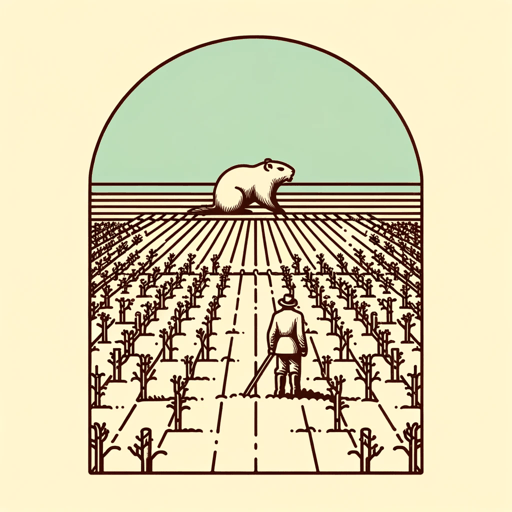17 pages • 34 minutes read
Maxine KuminIn the Park
Fiction | Poem | Adult | Published in 1989A modern alternative to SparkNotes and CliffsNotes, SuperSummary offers high-quality Study Guides with detailed chapter summaries and analysis of major themes, characters, and more.
Literary Devices
Form and Meter
Kumin’s “In the Park” is a free verse poem, which means it lacks a structured metrical pattern or rhythm. Largely unrhyming, the poem does have instances of end rhyme, usually placed at the end of the stanza to sonically conclude the stanza. For example, Stanza 1 ends with the following two rhyming end rhymes: “to travel across, up, down, over or through / —you won’t know till you get there which to do” (Lines 7-8). The words “through” (Line 7) and “do” (Line 8) are rhyming, ending the stanza with a sense of completion. The stanza is also end stopped, adding an even greater sense of finality. This occurs one other time in the poem, at the end of Stanza 4, which concludes the poem. Having a similar effect, this end rhyme (where “dark” [Line 29] and “Park” [Line 30] are the two rhyming end words) also adds a sense of finality and closure to the poem.
For rhythm, “In the Park” uses instances of repetition, which create a sonic rhythm from line to line. For example, Lines 26-27 repeat the word “no,” which echoes throughout the lines: “No longtailed Devil, no eternal fire, / and no choosing what to come back as” (Lines 26-27).


